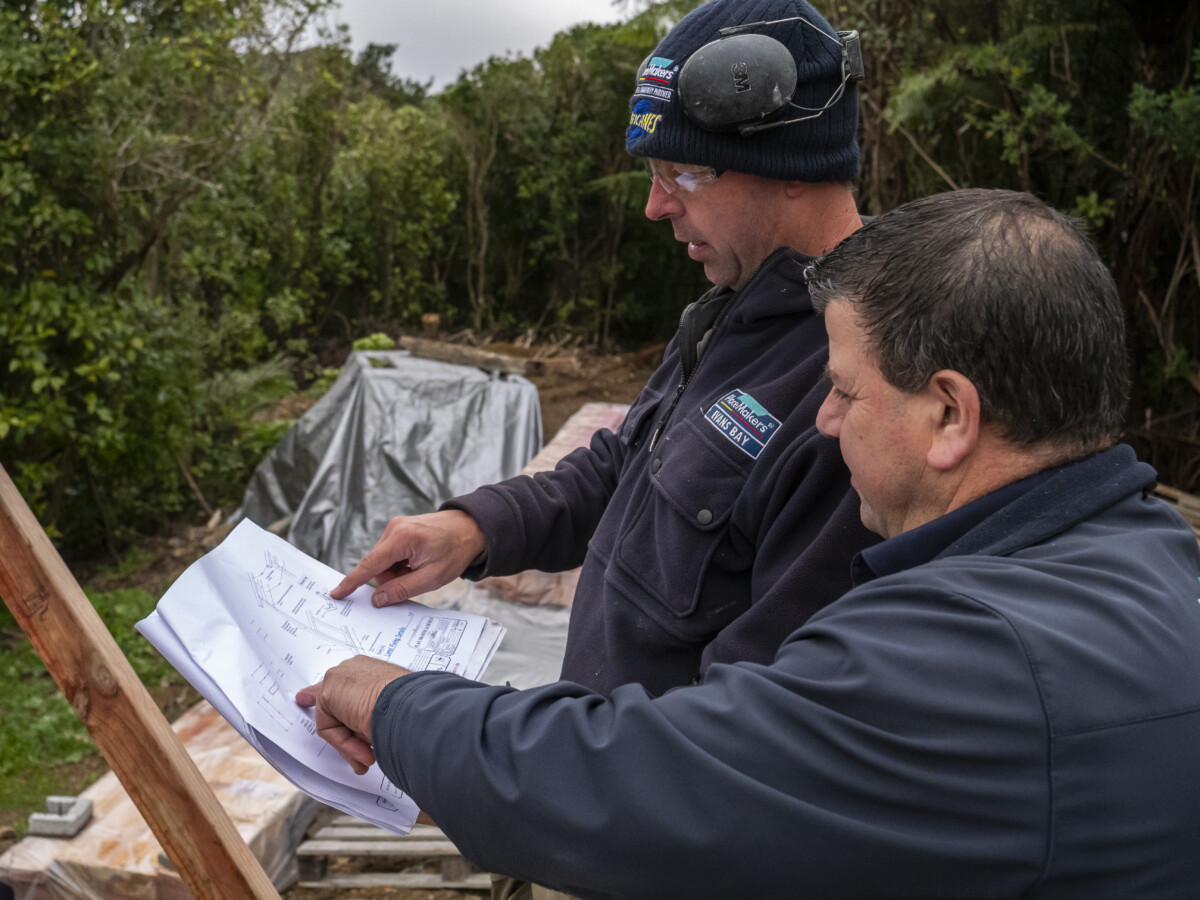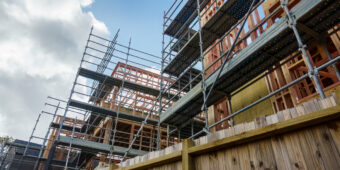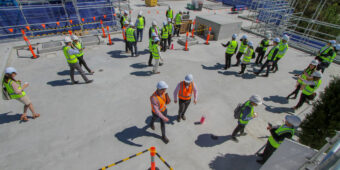CODE OF ETHICS REVIEW – PART 2
29 Nov 2023, LBP & Regulation, Learn, Prove Your Know How

In the previous issue of Under Construction, we covered the first two principles of the LBP Code of Ethics – Working Safely and Acting Within the Law. Principle three is about taking responsibility for your actions
It is important to note again that the Code of Ethics applies to all Licensed Building Practitioners (LBPs) regardless of whether they are employed, are the employer, or are contractors. Most LBPs already meet these standards, but the introduction of the Code of Ethics will hold those who do not to account.
When undertaking work, you are representing yourself, your business or employer and the building profession. It is important to maintain a high level of trust with your clients. Not only should you be willing to get the job done to an acceptable standard for your client, but you should also be prepared to engage appropriately with your client when things do not go well.
The following are the expected standards of behaviour of LBPs under principle three.
You must be knowledgeable about what you are allowed to do
This means knowing what your licence class permits you to do when you are carrying out, or supervising, Restricted Building Work (RBW).
For example, you may supervise a non-licensed person to carry out RBW that you yourself are licenced in, but not for work within a different licence class – for instance, the blocklayer can’t supervise roofing work where it is RBW.
You must explain risks to your client
You must take all reasonable steps to discuss the design and construction risks of a project or approach with your client, and make sure that they understand the options available to mitigate those risks before the work begins. Where risks arise during the course or your work, you must, as soon as practicable, advise your client in writing.
The classic example of this would be the renovation of an older house. Even the most experienced builder can get caught out by something unexpected – rotten timber, loss of support to a structural component, or just previous poor workmanship.
It is up to you as a building expert to make the client aware of these issues and the associated costs involved in fixing it. It could also be a good time to explain the difference between fixed price and charge-up contracts, and which could potentially be best for both parties.
You must inform and educate your client
You are the building expert in most cases when dealing with a client. This means you must provide your client with sufficient information and advice to enable them to make an informed decision, so that you can carry on with your building work.
If you are unable to provide your client with the information or expertise required, then you may consider directing them to a suitable person, such as a designer, architect or engineer.
You must be accountable
In the event of defects caused by yourself or someone you supervise, you must take all reasonable steps to communicate with your client in an honest and responsive way, and act with integrity when resolving the problem.
You must advise clients of any delays as soon as they become apparent
You must keep your client up to date with progress on the work you are carrying out, or supervising, and give realistic timeframes and promptly notify them if these timeframes change (particularly in the case of delays).
You must advise the client about the reasons for delays and take effort to ensure delays can be prevented wherever possible. For instance, if you come across rotten timber or a rusted hidden gutter, let the client know as soon as you can. Always keep them up to date with progress and any potential delays.
You must act in your client’s interests
Your client is expecting a professional service and a finished product of an acceptable standard, so make sure any building work you conduct, or supervise, is up to an acceptable standard. Doing this will likely mean you get positive feedback from clients and may increase the amount of word-of-mouth work you get in the future.
You must normally follow your client’s instructions
The client is the end user of the work you are doing, so you should endeavour to follow their instructions. However, if those instructions are unlawful, dangerous to implement, or are contrary to any contracts or consents in place, you must discuss this with the client.
For example, the client asks you to add an extra metre onto the length of the addition while you are digging the footings. Can you do this? Yes, but it would mean stopping the work, contacting the designer, and submitting an amendment to council, and there would be significant cost implications. The client may think that ‘it’s only a metre’, so you will need to explain these issues to them.
Further information
Additional information, including a Code of Ethics poster and a detailed guidance document, are available on the LBP website. These are also available in Te reo Māori, Chinese (simplified), Hindi, and Samoan.
Code of Ethics information: lbp.govt.nz/for-lbps/code-of-ethics
Code of Ethics resources: lbp.govt.nz/for-lbps/code-of-ethics/resources
This article is an excerpt from Codewords Issue 115 and has been published verbatim. As such, neither PlaceMakers nor Under Construction magazine’s publishers take responsibility for the accuracy of the article or its corresponding questions.
Reading Codewords articles that are relevant to your licence class is a mandatory requirement for Licensed Building Practitioners. These questions can be answered through the LBP portal, online on the Under Construction website or recorded on the magazine, then provided at the time of renewal.
Register to earn LBP Points Sign in
4 Comments
Leave a Reply
You must be logged in to post a comment.




great
good
great
Good